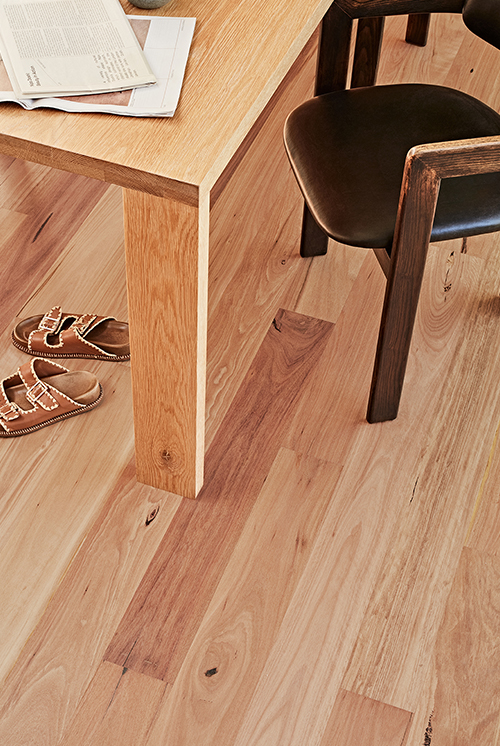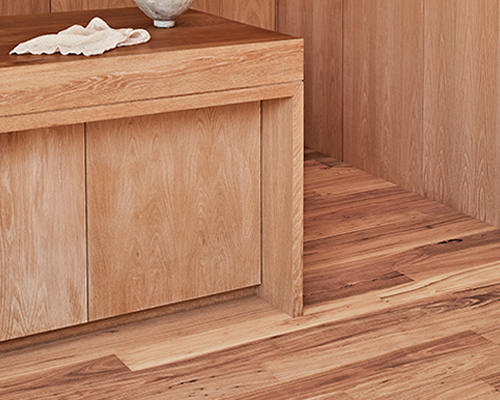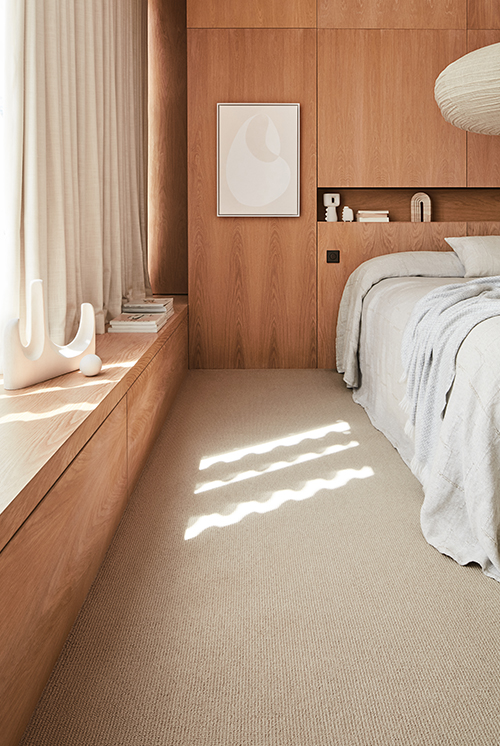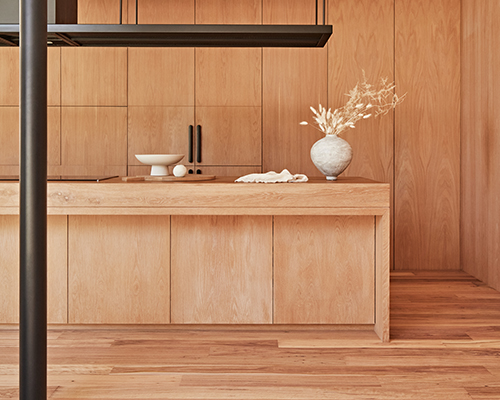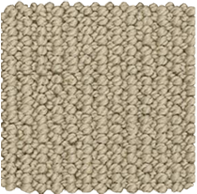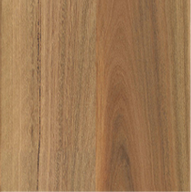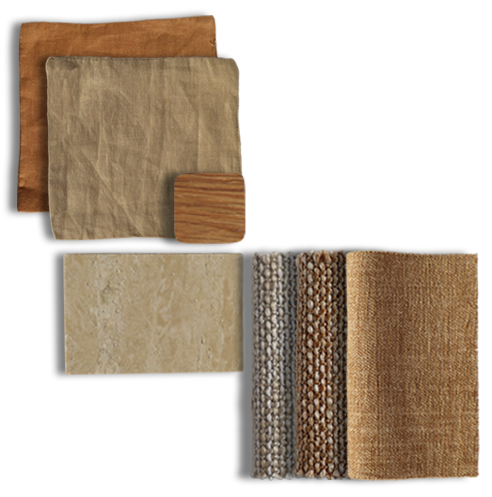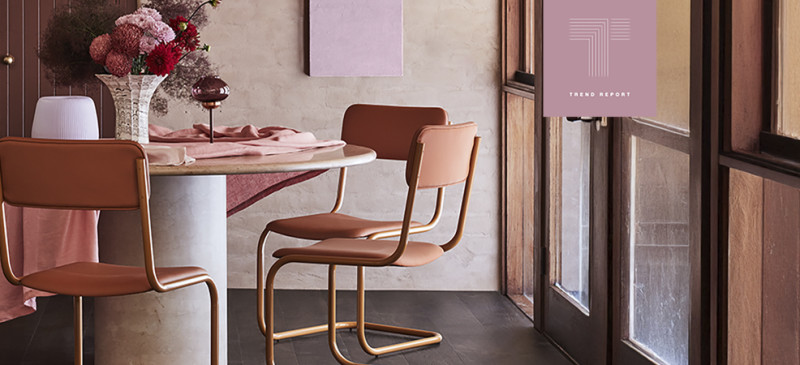The resurgence of natural tactiles in interior design marks a significant shift towards spaces that prioritise comfort and a connection to the natural world. This trend, deeply rooted in the principles of minimalism and sensory richness, has become a cornerstone in creating serene, timeless, and inviting interiors. Below, we explore the nuances of this trend within the realm of interior design, its driving factors, current applications, and future directions.
This trend involves a palette of soft beiges, basalt, warm greys, off-whites, and muted earth tones of pink clay, paired with materials that invite touch and create a multisensory experience. Textures play a crucial role, with an emphasis on materials like timber, wool, organic cotton, linen, and artisanal ceramics. These elements together foster environments that are calming and grounded in nature.
How to Incorporate Natural Tactiles in your Space
Choice in flooring can enhance this trend by providing textural depth, dimension, and visual interest to interior spaces. The experience of textured carpets elevates the sensory appeal of minimalist design aesthetics, and the natural materials of wool nod to the outside environment. Hard flooring options like engineered timber showcase authentic wood grains and knots, bringing warmth and character to interior spaces, and evoking a sense of connection to nature.
The trend extends to furniture and home accessories, with designers favouring natural materials and neutral colours that can seamlessly blend into various interior styles, from modern minimalist to rustic and eclectic.
This trend reflects a collective desire for spaces that promote well-being and a deeper connection with the natural world. The future of interior design seems poised to embrace the subtlety, richness, and versatility that natural tactiles have to offer, promising a new era of interiors that are both beautiful and beneficial to our well-being.







